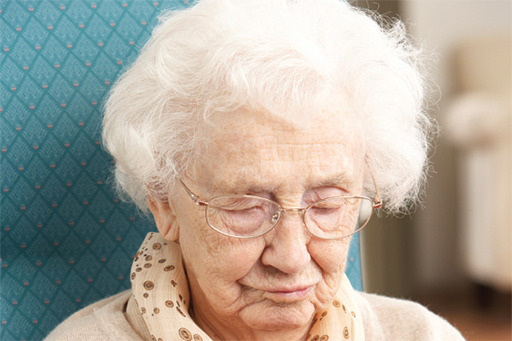UKCPA viewpoint: Diabetes and the elderly
In Learning
Follow this topic
Bookmark
Record learning outcomes
All pharmacists can help reduce the risk of hypoglycaemia and its related consequences in the elderly, says Philip Newland-Jones, advanced specialist pharmacist practitioner.

In the UK, current diabetes prevalence is around 5-6 per cent, but among the elderly this rises to between 12-20 per cent. The rate of newly diagnosed type 2 diabetes rises sharply after the age of 65 years and then plateaus at around 85.
The International Diabetes Federation (IDF) suggests different glycaemic targets depending on functionality and frailty:
€¢ Older people (functionally independent): usual HbA1c target 53-59mmol/mol
€¢ Older people (functionally dependent): target relaxed to 53-64mmol/mol
€¢ Older people with dementia and those who are frail: target up to 70mmol/mol.
Physiological changes
Hypoglycaemia causes a number of physiological effects that lead to blood coagulation abnormalities, inflammation, endothelial dysfunction and haemodynamic changes. What this means in practice is increased risk of cardiac events and arrhythmias, strokes and vascular dementia, increased confusion, and an increased risk of falls leading to fracture or other injury, and convulsions.
What we also know is that there is significant unawareness of hypoglycaemia in the elderly, with very low 'early warning' autonomic or neuroglycopenic symptoms €“ onset of symptoms is at a considerably lower level than 4mmol/L.
Pharmacists can help by considering high hypo risk medicines (sulfonylureas; insulin), high-risk co-morbidities (heart failure; worsening renal function), inter-current illness (sick day rules for diarrhoea/vomiting), and the ability to self-monitor blood glucose levels.
€¢ Community: For elderly patients on high risk medicines, simply asking the patient to bring their blood glucose diary or meter where possible can highlight mild hypoglycaemia before a severe episode requiring hospitalisation. I have seen three patients recently who were regularly recording levels below 4mmol/L before the episodes that lead to their hospitalisation, but were never told what to do with blood glucose results.
€¢ Care homes: Consider patients on high risk medicines and timing of medications with mealtimes. Ensure adequate monitoring of blood glucose levels and that staff know how to treat hypoglycaemia and when/who to contact to adjust medication where needed.
€¢ GP practice/CCG: Consider an audit of people over 70 years of age with type 2 diabetes and an HbA1c of less than 53mmol/mol. Review the medications these patients are taking and consider applying the IDF targets.
Consider using therapies with a low potential for hypoglycaemia, use more simplified insulin regimens with a low hypoglycaemia risk and avoid complex regimens with high treatment burdens to reduce the risk of medication errors.
In some frail, older patients, reduced appetite, decreased food intake and reduced renal function may lessen the requirement for glucose lowering therapy, which can sometimes be stopped altogether.
